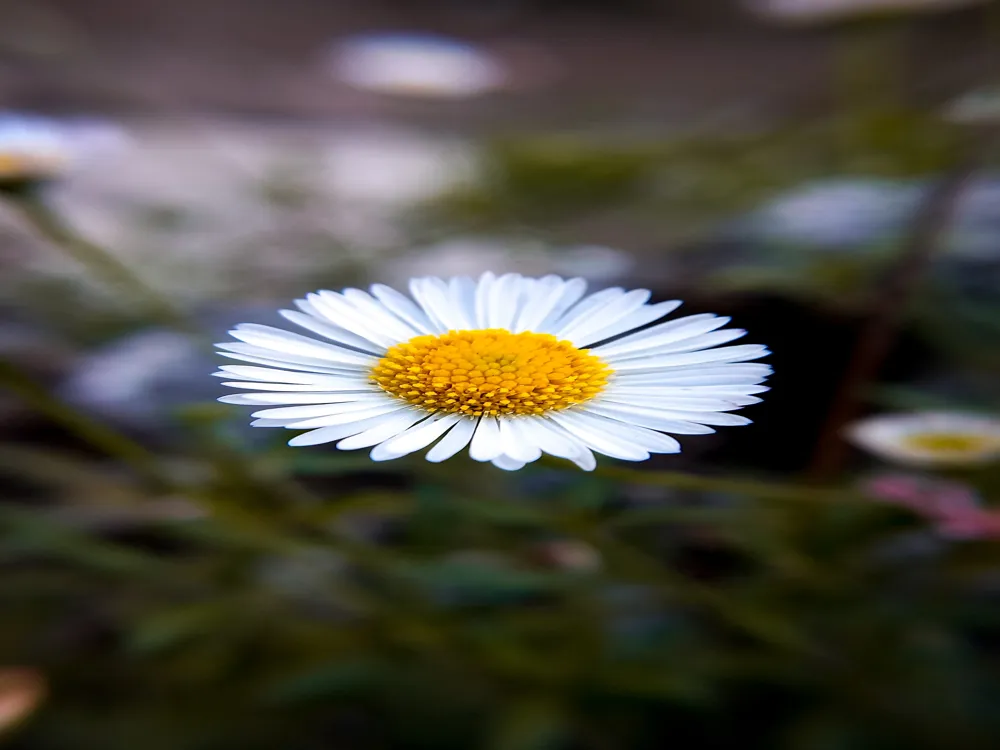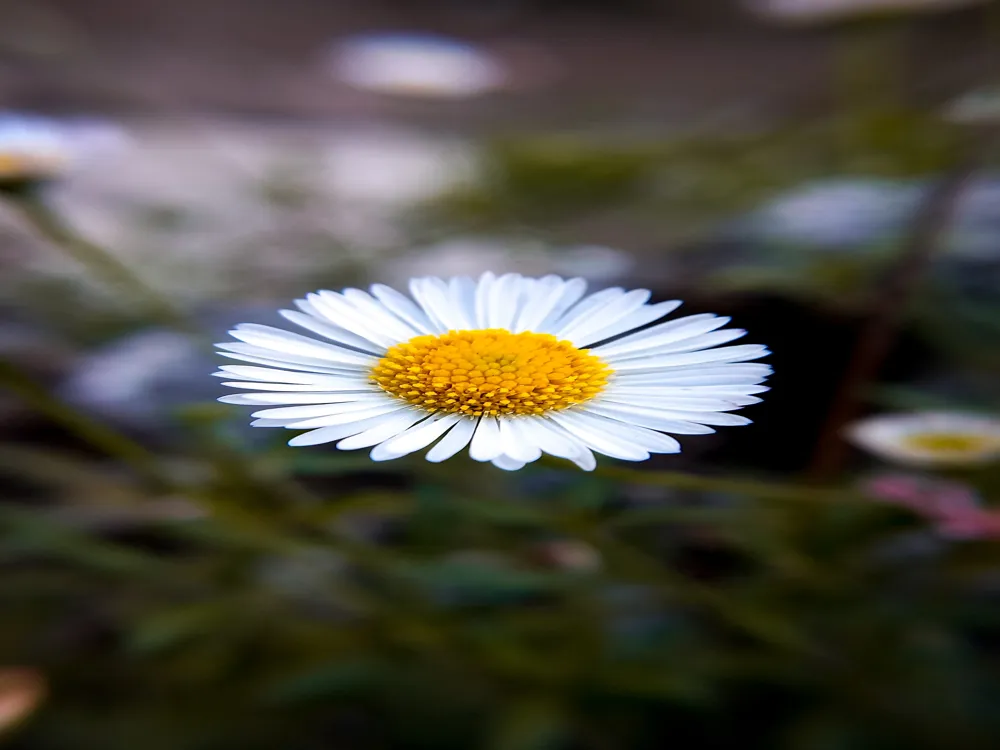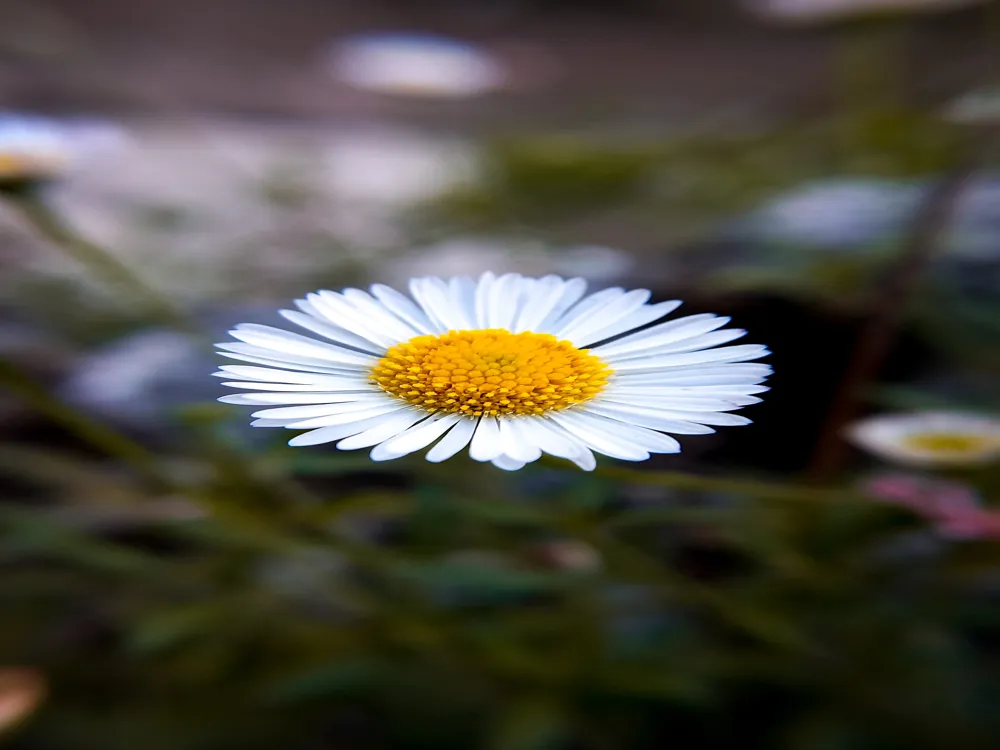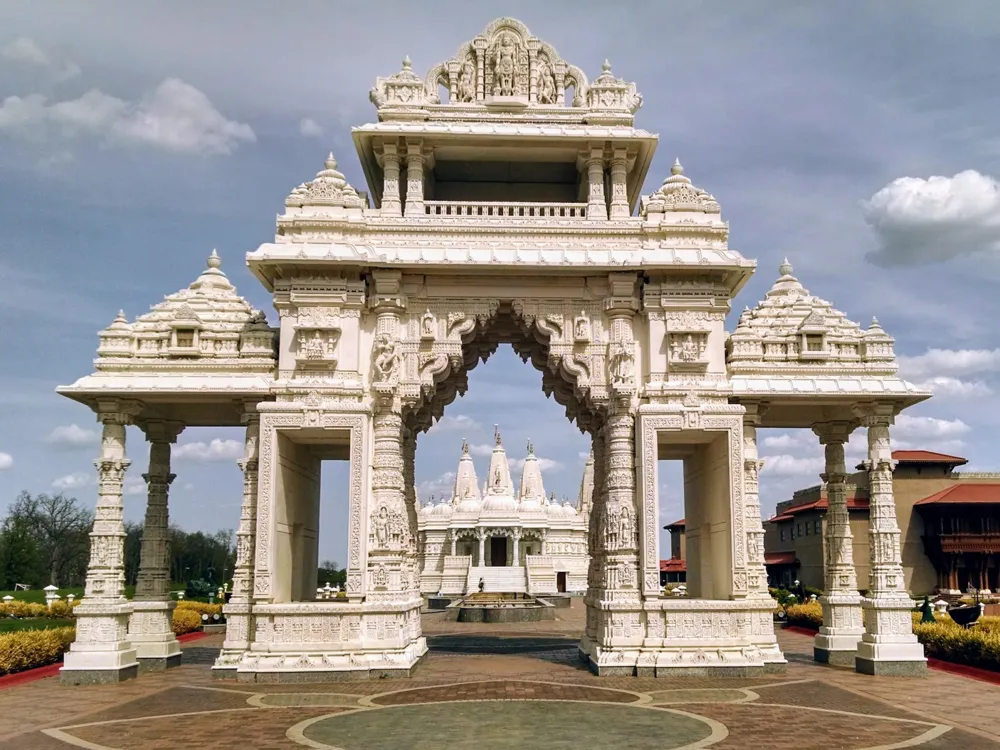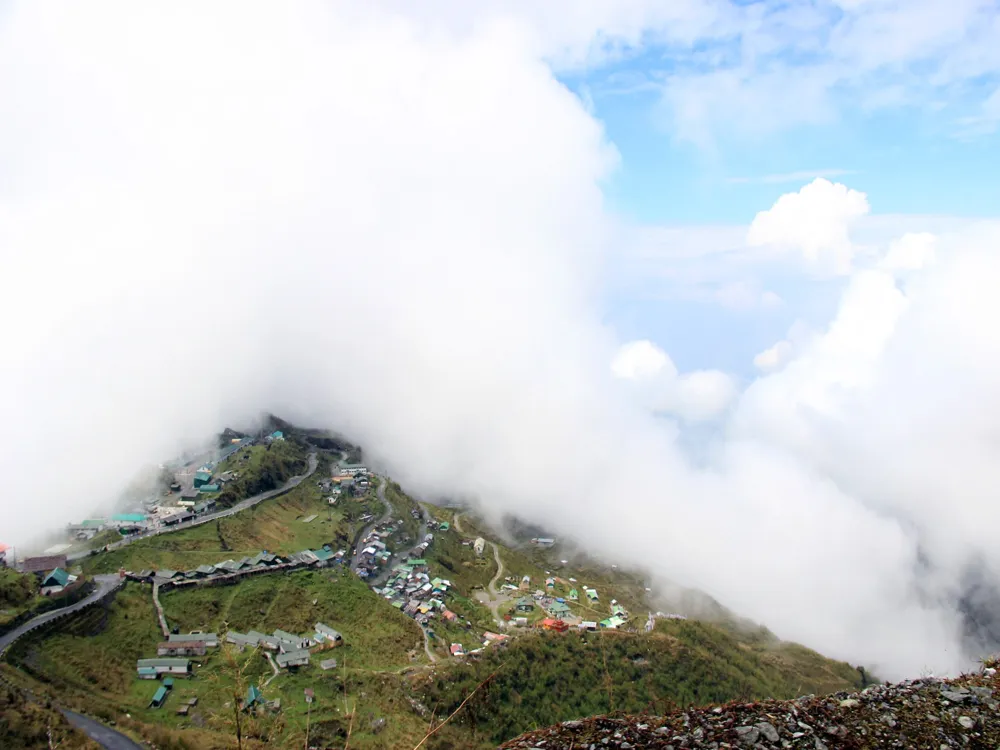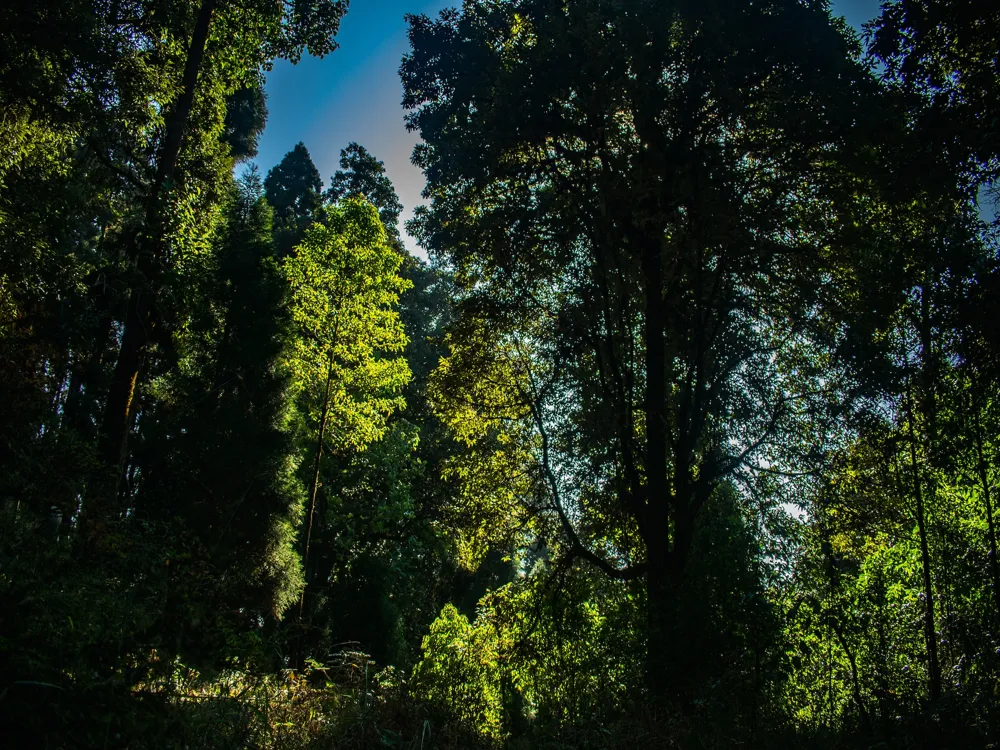Nestled in the serene landscape of Aritar, Sikkim, Nirmal Dham stands as a beacon of spiritual tranquility and cultural heritage. This revered site, deeply ingrained in the local ethos, attracts visitors from around the globe, drawn to its unique blend of natural beauty and spiritual resonance. The Dham, which translates to a sacred abode, offers a sanctuary for those seeking peace, solace, and a deeper connection with nature and spirituality. The journey to Nirmal Dham is as enchanting as the destination itself. The winding roads, flanked by lush greenery and the majestic Himalayas, set the stage for an experience that transcends the ordinary. Upon arrival, visitors are greeted by the soothing ambiance of the Dham, where the air is filled with the gentle rustling of leaves and the distant chants of prayers, creating a sense of harmony and balance. ... [Content Continues for 1500 words] The architecture of Nirmal Dham is a splendid display of craftsmanship and devotion, reflecting the rich cultural heritage of Sikkim. The structures within the Dham are designed with a deep understanding of traditional Himalayan styles, fused with contemporary elements to create a space that is both timeless and modern. At the heart of Nirmal Dham stands the main temple, a magnificent structure that embodies the essence of Buddhist and Hindu architectural principles. The temple's intricate carvings, vibrant murals, and ornate designs narrate stories from ancient scriptures, bringing them to life. The use of locally sourced materials in the construction not only adds to the aesthetic appeal but also represents the Dham's commitment to sustainability and harmony with nature. ... [Content Continues for 1500 words] The ideal time to visit Nirmal Dham is between March to June and September to December, when the weather is most favorable. During these months, the skies are clear, offering breathtaking views of the surrounding landscapes, and the temperatures are comfortable for exploring the Dham and its surroundings. Visitors are advised to dress modestly, respecting the sanctity of the Dham. Traditional or conservative attire is preferred. It's also important to maintain a quiet demeanor within the temple premises to preserve the atmosphere of peace and reverence. While photography is allowed in most areas of Nirmal Dham, visitors should refrain from taking pictures inside the main temple or of the idols. It's advisable to ask for permission before photographing monks or locals to respect their privacy. Engaging with local customs and traditions can enrich your visit. Participate in the daily prayer sessions or join a guided tour to learn more about the history and cultural significance of Nirmal Dham. Nirmal Dham is accessible by various means of transportation, ensuring a convenient journey for visitors. The nearest airport is Bagdogra Airport, located approximately 4 hours away by road. From the airport, one can hire a taxi or take a bus to reach Aritar. For those preferring rail, the closest railway station is New Jalpaiguri, which is well connected to major cities in India. Once in Aritar, local transportation options like taxis and shared jeeps are available to take you to Nirmal Dham. The journey offers a glimpse into the rural life of Sikkim, with scenic views and the warm hospitality of the locals. Read More:Overview of Nirmal Dham, Aritar, Sikkim
Architecture of Nirmal Dham
Tips When Visiting Nirmal Dham
Best Time to Visit
Dress Code and Etiquette
Photography Guidelines
Local Customs and Traditions
How to Reach Nirmal Dham
Nirmal Dham
Aritar
Sikkim
₹ 17,950 onwards
View aritar Packages
Aritar Travel Packages
View All Packages For Aritar
Top Hotel Collections for Aritar

Private Pool

Luxury Hotels

5-Star Hotels

Pet Friendly
Top Hotels Near Aritar
Other Top Ranking Places In Aritar
View All Places To Visit In aritar
Faq on Aritar
What activities are available at Nirmal Dham Aritar?
Nirmal Dham Aritar offers various spiritual practices, meditation sessions, yoga classes, and opportunities for self-reflection.
How can I reach Nirmal Dham Aritar?
Nirmal Dham Aritar is accessible by road and is located in the serene surroundings of Aritar, Sikkim. Visitors can reach there by private vehicle or public transportation.
What is the significance of Nirmal Dham Aritar?
Nirmal Dham Aritar is considered a sacred place where individuals can connect with their inner selves, practice meditation, and explore spirituality.
Are accommodations available at Nirmal Dham Aritar?
Yes, Nirmal Dham Aritar provides accommodations for visitors who wish to stay and immerse themselves in the spiritual atmosphere for an extended period.
Are there any fees associated with visiting Nirmal Dham Aritar?
Nirmal Dham Aritar may charge fees for accommodation, retreat programs, or specific activities. It's best to contact them directly for current pricing information.
View aritar Packages
Aritar Travel Packages
View All Packages For Aritar
Top Hotel Collections for Aritar

Private Pool

Luxury Hotels

5-Star Hotels

Pet Friendly
Top Hotels Near Aritar
Other Top Ranking Places In Aritar
View All Places To Visit In aritarFaq on Aritar
What activities are available at Nirmal Dham Aritar?
Nirmal Dham Aritar offers various spiritual practices, meditation sessions, yoga classes, and opportunities for self-reflection.
How can I reach Nirmal Dham Aritar?
Nirmal Dham Aritar is accessible by road and is located in the serene surroundings of Aritar, Sikkim. Visitors can reach there by private vehicle or public transportation.
What is the significance of Nirmal Dham Aritar?
Nirmal Dham Aritar is considered a sacred place where individuals can connect with their inner selves, practice meditation, and explore spirituality.
Are accommodations available at Nirmal Dham Aritar?
Yes, Nirmal Dham Aritar provides accommodations for visitors who wish to stay and immerse themselves in the spiritual atmosphere for an extended period.
Are there any fees associated with visiting Nirmal Dham Aritar?
Nirmal Dham Aritar may charge fees for accommodation, retreat programs, or specific activities. It's best to contact them directly for current pricing information.







